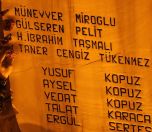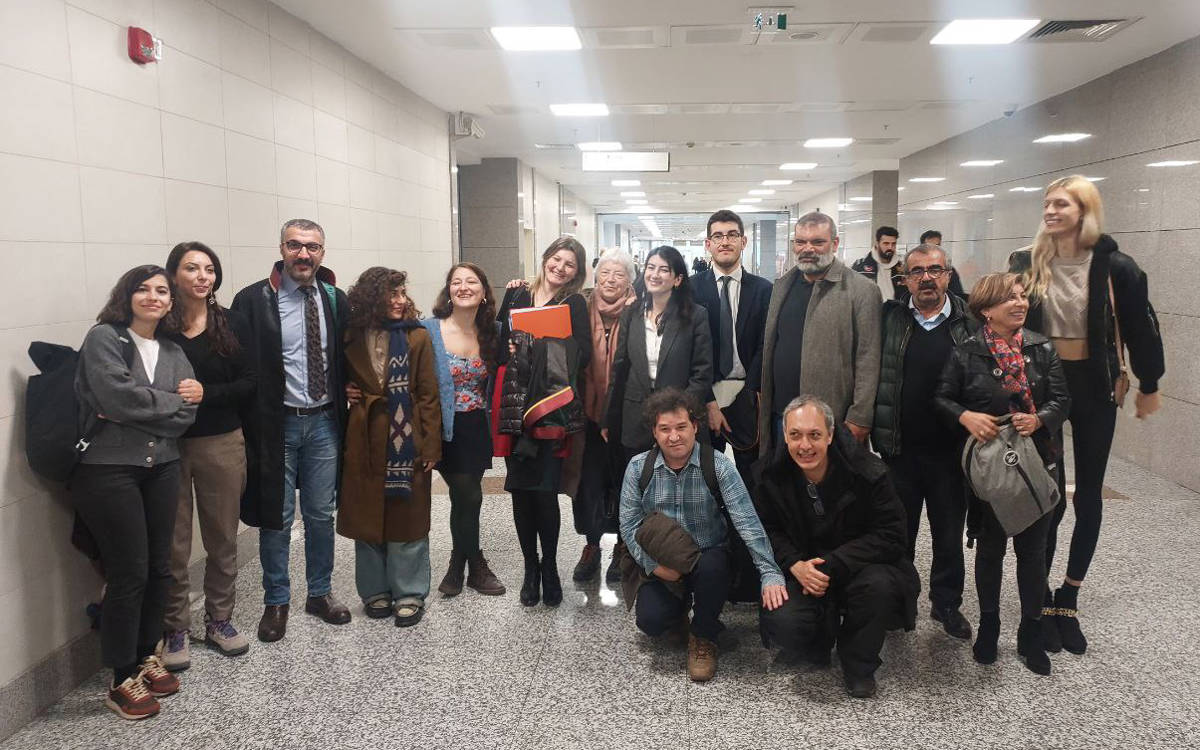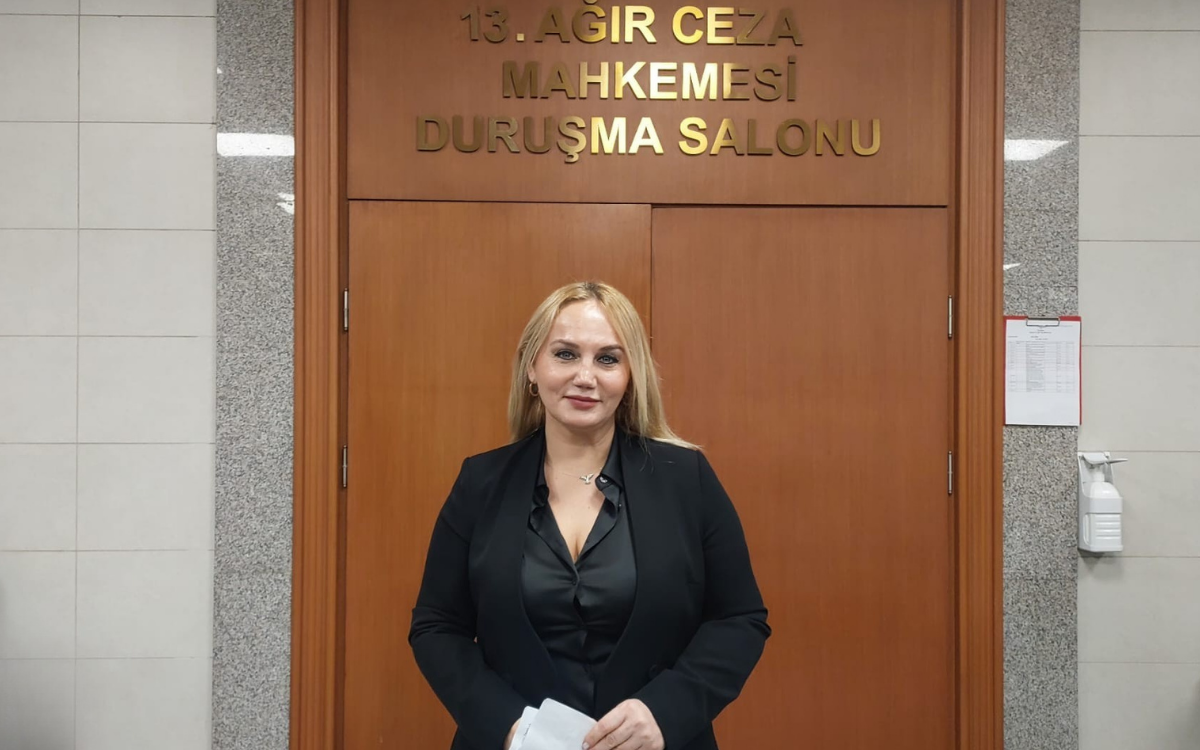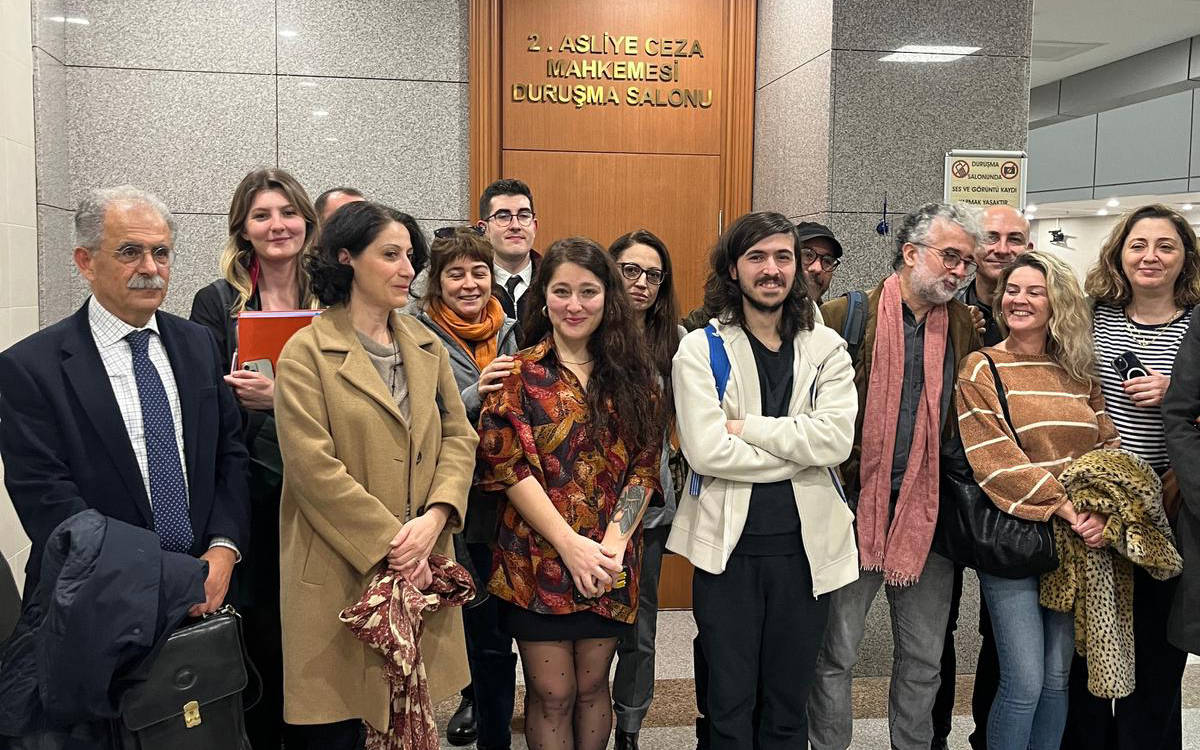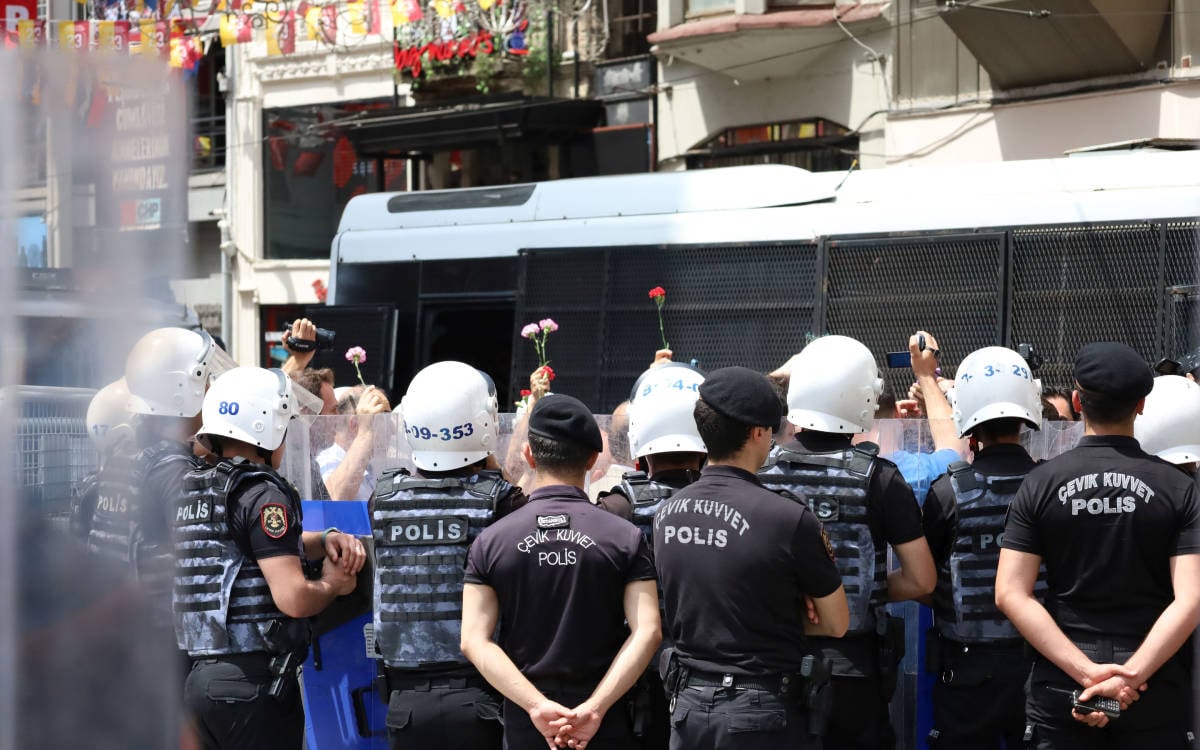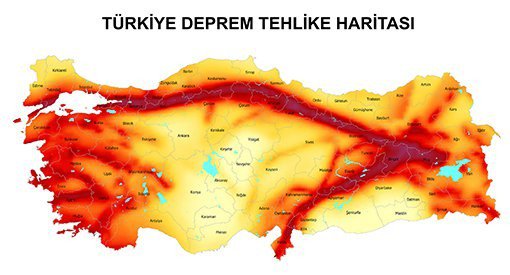
According to the Map of Earthquake Zones, 92 percent of Turkey and 95 percent of its population live in danger of an earthquake. 66 percent of Turkey are on the 1st and 2nd seismic belts. Moreover, 98 percent of its large industrial zones and 93 percent of its dams are located in earthquake zones.
Click to read the article in Turkish / Kurdish
On August 17, 1999, the Marmara Region lived the longest 45 seconds of its history. The magnitude 7.4 earthquake that hit the district of Gölcük in Kocaeli at 03.02 in the morning caused damage not only in Kocaeli, but also in neighboring cities of İstanbul, Yalova and Sakarya.
17 thousand 840 people lost their lives
* According to official figures, 17 thousand 840 people lost their lives in the earthquake. While 43 thousand 953 people were injured, 505 people became permanently disabled. Tens of people got missing.
* According to the report prepared by the Grand National Assembly of Turkey (TBMM) Investigation Commission established to analyze the earthquake risks and to specify the precautions to be taken in earthquake management, it is estimated that around 50 thousand people died and 100 thousand people were injured in the earthquake that hit Gölcük.
Almost 600 thousand people became homeless
* 285 thousand 211 houses and 42 thousand 902 workplaces were severely damaged in the earthquake. 133 thousand 683 buildings collapsed and almost 600 thousand people became homeless.
* The earthquake that hit the country's industrial center inflicted an irreparable damage on Turkey's economy. Oil refineries, petrochemical facilities, metal facilities, automotive, paper and plastic factories, raw material facilities and others had to stop the production. The total cost of the earthquake was calculated as almost 20 billion dollars.
Earthquake Council dissolved
* Shortly after the 1999 earthquake, the National Earthquake Council was established on March 21, 2000. Consisting of earthquake scientists and representatives from academic and scientific circles, the Council appeared before the public with the Strategy Report. The report in question provided not only the clearest picture of Turkey thus far, but a road map as well. The National Earthquake Council was dissolved in 2007.
Urban transformation and zoning amnesty
* According to the report prepared by the Chamber of Civil Engineers, a great majority of 10 million buildings in Turkey are unlicensed and unauthorized. Buildings constructed without any engineering services are also the case.
* Indicating that these buildings in question do not have earthquake protection or safety, the report also showed that the urban transformation that started under the Law no. 6306 on Transforming the Zones Under Disaster Risk helped to make progress.
* The report also indicated that the government did not have any other suggestions or actions other than urban transformation to prepare the cities for earthquake, adding that unsafe buildings have been taken under protection after the declaration of Zoning Amnesty. (HA/SD)






